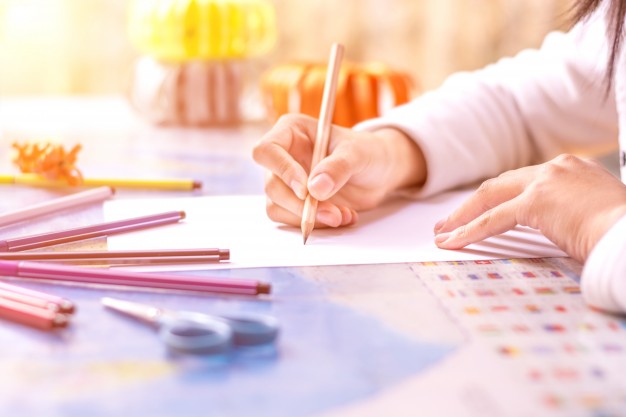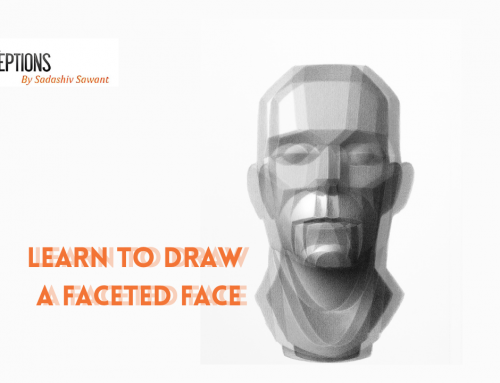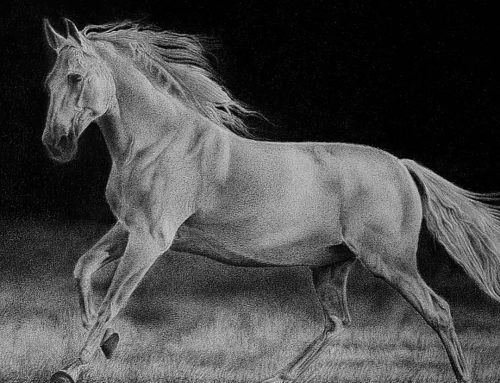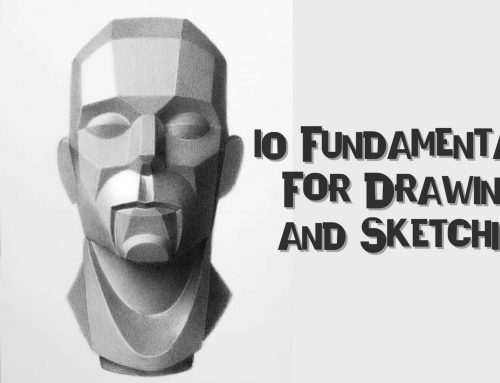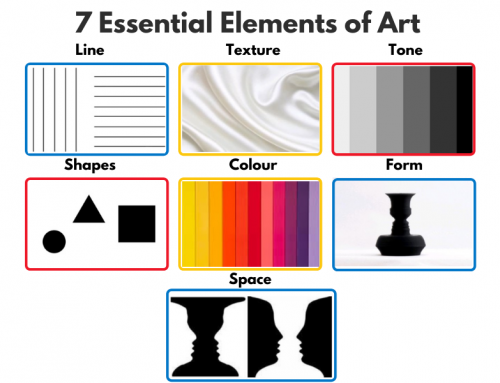How does learning realistic pencil drawing impacts your painting skills
If you’re an artist, whether beginner or professional, there are many stumbling blocks you might be facing in your paintings. And one amongst them is accuracy in drawing. Many times, you might ignore it, or push it aside, but the fact is that it won’t get better without trying. There are some basic principles to learning realistic pencil drawing; which on applying can transform your paintings.
The most important principles to draw realistic pencil drawing
Measurement
This is an important principle as it goes along with the rest of them. You can measure the distance between two points using your thumb, brush’s handle, or a scale. The point is keeping your drawing accurate so the painting doesn’t look out of frame.
The arc
These are the circular shapes in your portrait drawing that may vary in radius, wholeness and size. Like in a figure having an arc at the shoulder and angle to hold the upper arm, you can look for arcs and angles in your drawings.
Angles
Angles complement the measurement of the drawing and add to its accuracy. Again, you can use your brush or protractor for accurate angles. The best part about it is that you can be flexible; by not fixating to the minor measurement deviance from the original piece of art.
“Plumb” lines
Just like “plumb bob” does in carpentry, “plumb” lines are positioned up and down in the drawing. It acts as a standard, and level the horizontal lines. You can also use the margins of the canvas to align the contents. Professionals can use a T-square to get correct plumb lines on a large canvas.
Level
Analogical to plumb lines are the level lines which line things horizontally. You can either mark them physically on the canvas or note them mentally.
Mapping
It’s just like marking important points in your notes, like the dots, arcs, and lines, to map out in the drawing.
Positive and negative shapes
You can also mark the shapes around your subject to see his relationship with the background. The positive shape is that of your subject while negative shapes are background shapes.
Triangulation
Triangulation helps in judging relative proportion and distance between the triangle’s points. It covers major areas of the figure and gives proportion to the artist.
Perspective
Keeping the horizon lines at eye level, you can create a linear perspective through a series of lines. It vanishes at various points in your drawing as they recede into the distance. Perspective lines would change as your position changes concerning your subject.
Combination of principles
Now, to create a realistic pencil drawing, using a combination of arcs, angles, triangulation, and positive and negative spaces. It will create a sort of blueprint and would keep the accuracy intact.
Drawing is one of the most rewarding aspects of art. And it is as important as the backbone of the body. Taking the help of pencil drawing while studying adds more information about the object. Such as its true form, order and negative spaces. Even for professionals, it is recommended that you study portrait drawing with a pencil for a few years to understand the tonal variations on the face and how to control them.
Pencil Perceptions understands the strength of this pillar of art and provides online drawing classes for realistic pencil drawing. Inculcating principles of pencil drawing which you can practice in your paintings or artwork.
 Skip to content
Skip to content


